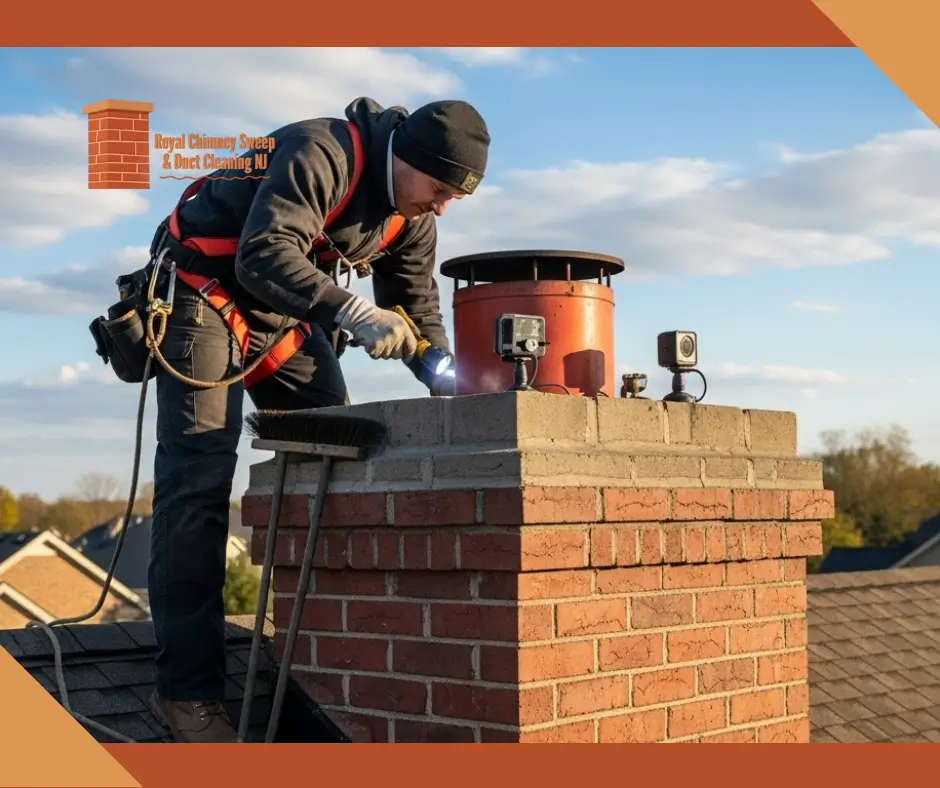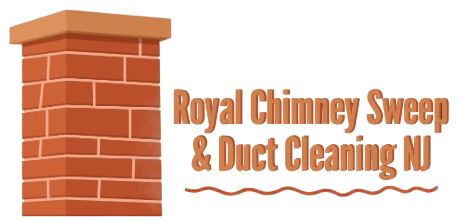
A fireplace brings warmth and character to any home, but behind the comfort lies an essential responsibility: regular chimney inspection. Over time, soot, creosote, moisture, and structural stress can create hidden risks. Professional inspections identify these issues early, ensuring your chimney system remains safe, efficient, and reliable.
Why Chimney Inspection Is Essential
The chimney serves as the ventilation system for your fireplace or stove, carrying smoke, gases, and heat out of your home. Without proper inspection, problems such as cracks, blockages, or leaks can go unnoticed. A timely chimney inspection service helps protect your family from fire hazards and carbon monoxide exposure.
Types of Chimney Inspections
There are different levels of inspections depending on the condition of your chimney:
- Level 1 Inspection: A basic check of readily accessible areas, recommended annually for well-maintained chimneys.
- Level 2 Inspection: A more detailed review, including video scanning, usually required after changes in the heating system or following an event like a chimney fire.
- Level 3 Inspection: A comprehensive inspection involving partial removal of materials to examine severe structural issues.
Common Issues Found During Chimney Inspections
A professional chimney inspector can uncover a variety of problems, including:
- Cracked or deteriorating masonry
- Creosote buildup that increases fire risk
- Damaged or missing chimney caps
- Leaks around flashing or the chimney crown
- Obstructions such as debris, bird nests, or leaves
Signs You Need a Chimney Inspection Sooner
While annual inspections are recommended, you should schedule one right away if you notice:
- Smoke backing into your home
- Unusual odors when using the fireplace
- Water stains near the chimney or fireplace
- Pieces of flue tile or debris in the firebox
- Visible cracks or leaning in the chimney structure
How Chimney Inspections Support Chimney Repair
Inspections and chimney repair go hand in hand. An inspection identifies early damage, such as leaks or structural weaknesses, while timely repairs prevent further deterioration. This combination ensures long-term protection, better efficiency, and reduced safety risks.
Best Time to Schedule a Chimney Inspection
The ideal time for an inspection is before the start of the heating season. This ensures your chimney is clean, functional, and safe when you need it most. If you use your fireplace frequently, a mid-season check can also be beneficial.
Conclusion
Professional chimney inspection services are a vital part of maintaining a safe and efficient home. By detecting cracks, leaks, and blockages early, inspections help prevent costly damage and protect your family from hidden dangers. With annual inspections and prompt repairs, you can enjoy the warmth of your fireplace with confidence.
READ MORE:
